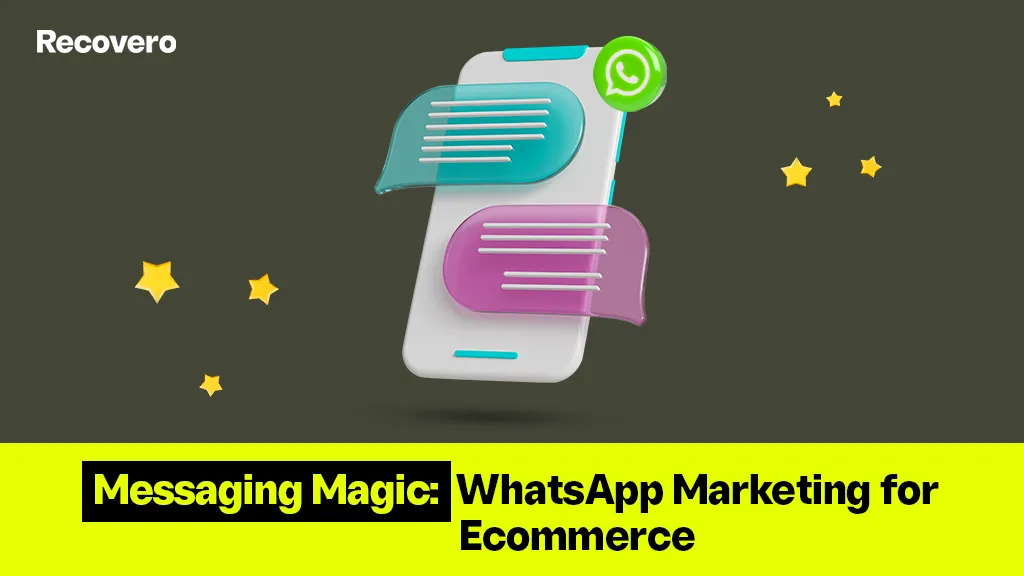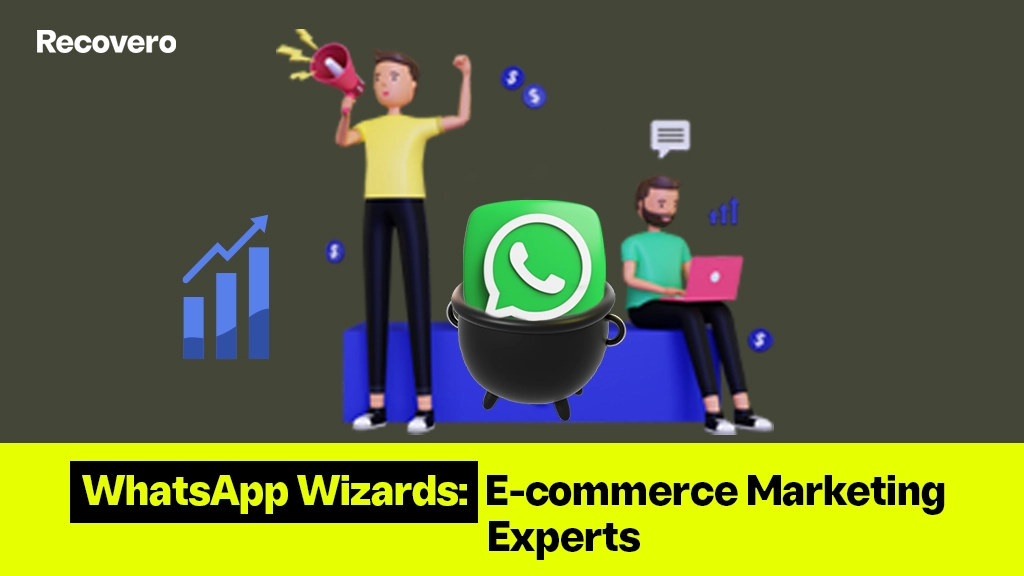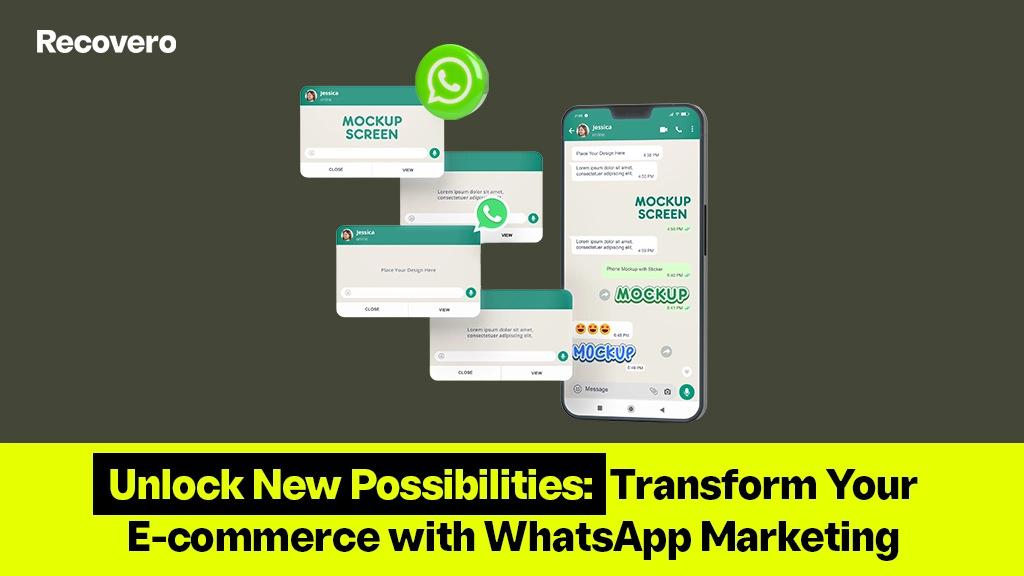In today’s digital landscape, multi-channel marketing is crucial for businesses to reach and engage with their target audience effectively. While email marketing has long been a popular and effective strategy, incorporating other channels, such as SMS and WhatsApp, can further enhance the impact of your marketing efforts. This article will explore how SMS and WhatsApp marketing can
- complement email marketing,
- expanding your reach,
- boosting customer engagement,
- and maximizing results.
Email marketing has been a cornerstone of digital marketing for years, offering various benefits such as
- cost-effectiveness,
- scalability,
- and the ability to deliver targeted messages to a large audience.
However, it also has its limitations. With
- crowded inboxes,
- spam filters,
- and declining open rates,
capturing and holding recipients’ attention is becoming increasingly challenging. This is where SMS and WhatsApp marketing come into play.
SMS marketing, utilizing short text messages, offers several advantages that can complement email marketing efforts. Its direct and immediate nature ensures that your messages reach customers promptly, with high open rates and engagement. Additionally, SMS messages have a higher chance of being read compared to emails, as they are often viewed within minutes of being received. However, SMS marketing has limitations, such as
- character constraints
- and potential costs associated with text messages.
The rise of WhatsApp as a popular messaging app presents new opportunities for businesses to connect with customers. With over 2 billion users worldwide, WhatsApp offers a vast and engaged audience. Its features, such as
- multimedia messaging
- and group chats
allow for more interactive and personalized communication. However, businesses should consider the WhatsApp Business API for marketing purposes, which requires proper setup and compliance with WhatsApp’s policies.
SMS and WhatsApp marketing
Now, let’s delve into how SMS and WhatsApp marketing can complement email marketing strategies:
1. Reaching a wider audience:
- SMS: Reach customers who may need access to email or prefer text-based communication.
- WhatsApp: Tap into the massive user base of WhatsApp, connecting with a global audience.
2. Enhancing customer engagement and response rates:
- SMS: Benefit from high open rates and quick response times for time-sensitive offers or urgent notifications.
- WhatsApp: Leverage the interactive features of WhatsApp, such as multimedia messages, voice notes, and emojis, to engage customers on a more personal level.
3. Overcoming email deliverability challenges:
- SMS: Avoid spam filters and inbox clutter, ensuring your messages reach customers directly.
- WhatsApp: Bypass email spam folders and deliver messages directly to customers’ WhatsApp inboxes.
4. Utilizing real-time communication:
- SMS: Engage in instant, two-way communication with customers, allowing immediate feedback or support.
- WhatsApp: Benefit from real-time conversations, building stronger customer relationships through personalized conversations.
5. Personalization and targeted messaging:
- SMS: Send personalized messages based on customer preferences, location, or purchase history, increasing relevancy.
- WhatsApp: Utilize customer data and chat history to provide tailored recommendations and offers.
6. Leveraging different communication preferences:
- SMS: Reach customers who prefer concise, text-based messages over email or phone calls.
- WhatsApp: Connect with customers who prefer chat-based communication and value the convenience of messaging apps.
How to integrate SMS and WhatsApp marketing
To effectively integrate SMS, WhatsApp, and email marketing, consider the following best practices:
- Build a unified customer database: Integrate customer data from different channels to create a comprehensive view of each customer’s preferences and behaviours.
- Coordinate messaging and branding: Ensure consistent messaging and branding across all channels to provide a cohesive brand experience.
- Segment and target your audience effectively: Divide your customer base into segments based on demographics, preferences, or purchase history to send more relevant and targeted messages.
- Create a cohesive customer journey: Map out the customer journey across channels, ensuring seamless transitions and consistent messaging.
- Ensure compliance with privacy regulations: Familiarize yourself with data protection regulations and obtain necessary SMS and WhatsApp marketing permissions.
- Track and measure campaign performance: Monitor key metrics, such as open rates, click-through rates, conversion rates, and ROI, to measure the success of your multi-channel campaigns.
Final Thoughts:
In conclusion, integrating SMS and WhatsApp marketing with email marketing can significantly enhance your marketing efforts in e-commerce. You can create a seamless and effective multi-channel marketing strategy by reaching a wider audience,
- increasing customer engagement,
- overcoming email deliverability challenges,
- utilizing real-time communication,
- and leveraging personalized messaging.
Remember to follow best practices,
- integrate customer data,
- and track campaign performance
to optimize your marketing efforts across these channels continuously. Embrace the power of SMS and WhatsApp marketing to complement your email campaigns and drive better results in your e-commerce business.




